Home>Renovation & DIY>Tools & Equipment>Where To Wash Out Paint Brushes
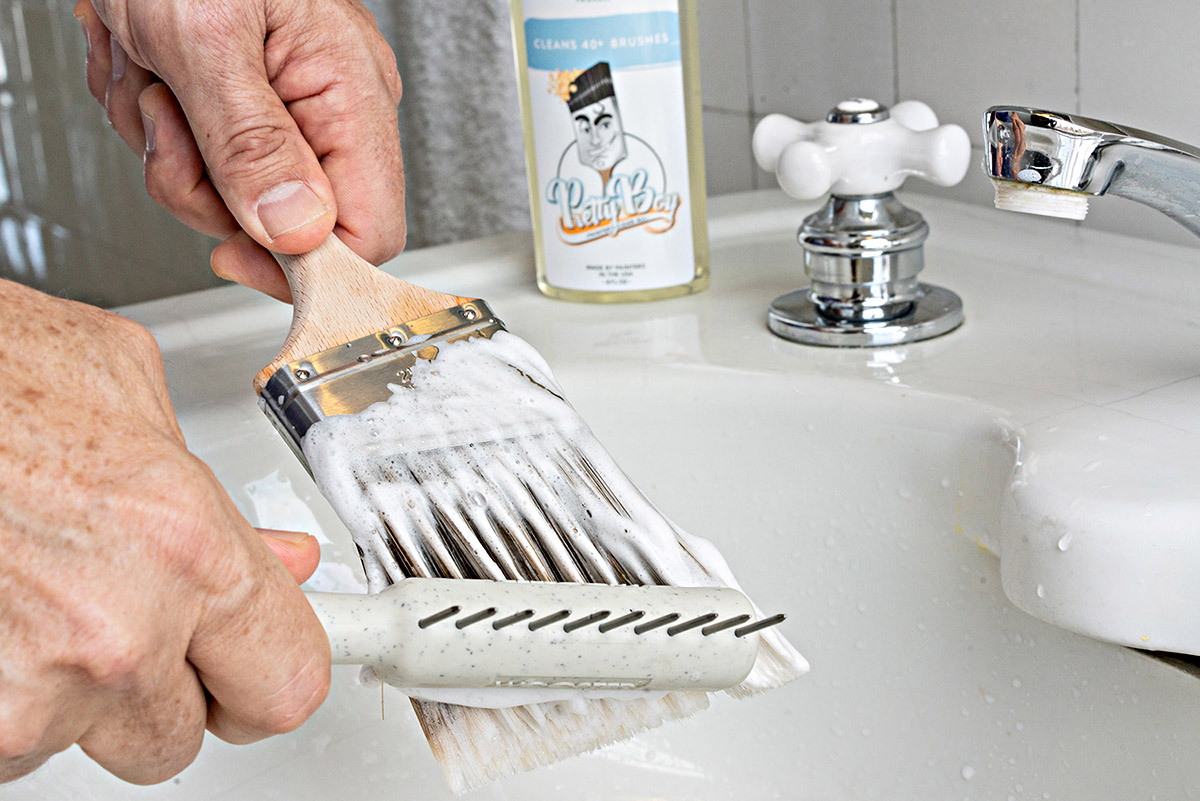

Tools & Equipment
Where To Wash Out Paint Brushes
Modified: February 25, 2024
Find the best places to wash out paint brushes and clean tools and equipment. Discover effective techniques for keeping your tools in top condition.
(Many of the links in this article redirect to a specific reviewed product. Your purchase of these products through affiliate links helps to generate commission for Storables.com, at no extra cost. Learn more)
Introduction
Welcome to the world of painting! Whether you’re a seasoned professional or a weekend DIY warrior, one thing is for sure: keeping your paint brushes clean is essential for maintaining their quality and ensuring optimal performance. In this comprehensive guide, we’ll explore the importance of properly washing paint brushes, along with step-by-step instructions for cleaning water-based and oil-based paint brushes. Additionally, we’ll share valuable tips for tackling stubborn paint residues, allowing you to prolong the lifespan of your brushes and achieve flawless painting results. So, let’s dive in and discover the best practices for washing out paint brushes!
Key Takeaways:
- Keep your paint brushes clean to maintain their quality and performance. Regular washing prevents stiffness, cross-contamination, and ensures smooth paint application, saving you money and reducing environmental impact.
- For water-based paint brushes, use soapy water; for oil-based, use mineral spirits. Stubborn paint? Try vinegar soak or commercial brush restorer. Proper cleaning preserves brush integrity for future projects.
Read more: What Are Chip Paint Brushes
Importance of Properly Washing Paint Brushes
Properly washing paint brushes is not just a mundane chore; it’s a crucial aspect of maintaining the quality and longevity of your painting tools. Here’s why it’s so important:
- Preservation of Brush Bristles: Thoroughly cleaning paint brushes after each use prevents dried paint from accumulating in the bristles, which can lead to stiffness and bristle distortion. By keeping the bristles clean and supple, you ensure that your brushes retain their original shape and performance over time.
- Prevention of Cross-Contamination: Washing paint brushes between color changes is essential for preventing cross-contamination. Residual paint left in the bristles can mix with new colors, resulting in unintended hues and compromising the integrity of your artwork or paint job.
- Enhanced Paint Application: Clean brushes deliver smoother and more precise paint application. When paint brushes are laden with dried or hardened paint, they become less effective at spreading paint evenly, leading to streaks, clumps, and an overall subpar finish.
- Cost Savings: Regularly cleaning and maintaining your paint brushes can extend their lifespan, reducing the frequency of replacements and ultimately saving you money in the long run. By investing time in proper brush care, you protect your financial investment in high-quality brushes.
- Eco-Friendly Practice: Proper brush cleaning contributes to environmental sustainability by minimizing the amount of paint waste generated. By ensuring that excess paint is removed and disposed of responsibly, you play a part in reducing the environmental impact of your painting activities.
By recognizing the importance of properly washing paint brushes, you not only safeguard the performance and longevity of your tools but also elevate the quality of your painting endeavors. Now that we understand the significance of this routine maintenance, let’s delve into the specific techniques for washing out water-based and oil-based paint brushes.
How to Wash Out Water-Based Paint Brushes
Washing out water-based paint brushes is a relatively straightforward process that, when done correctly, can effectively remove paint residues and maintain the brushes in optimal condition. Follow these steps to ensure thorough cleaning:
- Immediate Action: After using the brush, promptly rinse it under running water to remove excess paint. Use your fingers to gently work the bristles and release any trapped paint.
- Soapy Solution: Prepare a soapy solution using mild dish soap and warm water. Swirl the brush in the soapy water, ensuring that the bristles are fully coated. Gently massage the bristles to dislodge any remaining paint.
- Rinse and Repeat: Rinse the brush thoroughly under running water, continuing to massage the bristles until the water runs clear. Repeat the process of lathering with soap and rinsing as needed until no traces of paint remain.
- Drying: Once clean, gently squeeze the bristles to remove excess water. Reshape the brush and allow it to air dry horizontally or bristle-side down to prevent water from seeping into the ferrule, which can loosen the bristles over time.
By following these steps, you can effectively wash out water-based paint brushes, ensuring that they remain in prime condition for future use.
Rinse paint brushes in a sink with warm, soapy water to remove water-based paints. For oil-based paints, use mineral spirits or paint thinner in a well-ventilated area.
How to Wash Out Oil-Based Paint Brushes
Cleaning oil-based paint brushes requires a slightly different approach due to the nature of oil-based paints. Follow these steps to effectively wash out oil-based paint brushes:
- Remove Excess Paint: Begin by wiping off excess paint from the brush using a rag or paper towel. This initial step helps minimize the amount of paint that needs to be cleaned from the bristles.
- Mineral Spirits Soak: Fill a container with mineral spirits and immerse the bristles of the paint brush in the solvent. Swirl the brush in the mineral spirits, allowing the solvent to penetrate and loosen the oil-based paint.
- Cleaning Process: Use a brush comb or old toothbrush to gently work the mineral spirits through the bristles, helping to dislodge the paint. Continue this process until the bristles appear free of paint residue.
- Rinse and Repeat: Once the paint has been loosened, rinse the brush under running water. Follow up with a thorough wash using mild dish soap and warm water to remove any remaining paint and solvent from the bristles.
- Drying: After cleaning, gently squeeze out excess water and reshape the bristles. Allow the brush to air dry horizontally or bristle-side down to prevent water from seeping into the ferrule.
Due to the stubborn nature of oil-based paints, it’s important to be thorough in the cleaning process to ensure that the brushes are completely free of paint and solvent residues. By following these steps, you can effectively wash out oil-based paint brushes, preserving their quality for future use.
Tips for Cleaning Stubborn Paint Brushes
Encountering stubborn paint residues on your brushes can be frustrating, but with the right techniques, you can effectively restore them to their pristine condition. Here are some valuable tips for cleaning stubborn paint brushes:
- Vinegar Soak: For water-based paint brushes with dried or stubborn paint, soak the bristles in vinegar for several hours or overnight. The acidity of the vinegar helps break down the paint, making it easier to remove.
- Hot Vinegar Rinse: Heat a small amount of vinegar and immerse the bristles of the paint brush in the hot vinegar. Allow it to soak for a few minutes before rinsing the brush under hot water. The combination of heat and acidity can help loosen stubborn paint residues.
- Brush Restorer: Consider using a commercial brush restorer or paint brush cleaner specifically designed to dissolve hardened paint. Follow the manufacturer’s instructions for the best results.
- Comb and Repeat: Use a brush comb or wire brush to gently comb through the bristles, helping to dislodge dried paint. Repeat the soaking and combing process as needed until the bristles are free of paint residues.
- Patience and Persistence: Dealing with stubborn paint requires patience and persistence. Avoid the temptation to use excessive force, as this can damage the bristles. Instead, focus on gentle yet thorough cleaning techniques to gradually remove the paint.
By employing these tips, you can effectively tackle stubborn paint residues and revitalize your paint brushes, ensuring that they are ready for future use.
Read more: How To Restore Paint Brushes
Conclusion
Properly washing out paint brushes is a fundamental aspect of maintaining their quality and performance. By understanding the importance of routine brush cleaning and employing the appropriate techniques, you can ensure that your brushes remain in optimal condition for countless painting projects to come.
From the meticulous cleaning of water-based paint brushes to the specialized approach required for oil-based paints, each cleaning process plays a vital role in preserving the integrity of your brushes. Additionally, when faced with stubborn paint residues, the application of targeted cleaning tips can help restore brushes to their original state, ready for future use.
Remember, the investment of time and care in cleaning your paint brushes not only prolongs their lifespan but also contributes to the overall quality of your painting endeavors. By maintaining clean and supple bristles, you can achieve smoother paint application, prevent cross-contamination of colors, and save money by extending the longevity of your brushes.
So, the next time you embark on a painting project, take the extra time to properly wash out your paint brushes. Embrace the process as a form of respect for your tools and a commitment to producing the best possible results. By doing so, you’ll not only enhance the longevity of your brushes but also elevate the quality of your artistic or DIY pursuits.
Now armed with the knowledge and techniques for washing out paint brushes, you’re well-equipped to maintain the integrity of your essential painting tools. Happy painting!
Frequently Asked Questions about Where To Wash Out Paint Brushes
Was this page helpful?
At Storables.com, we guarantee accurate and reliable information. Our content, validated by Expert Board Contributors, is crafted following stringent Editorial Policies. We're committed to providing you with well-researched, expert-backed insights for all your informational needs.
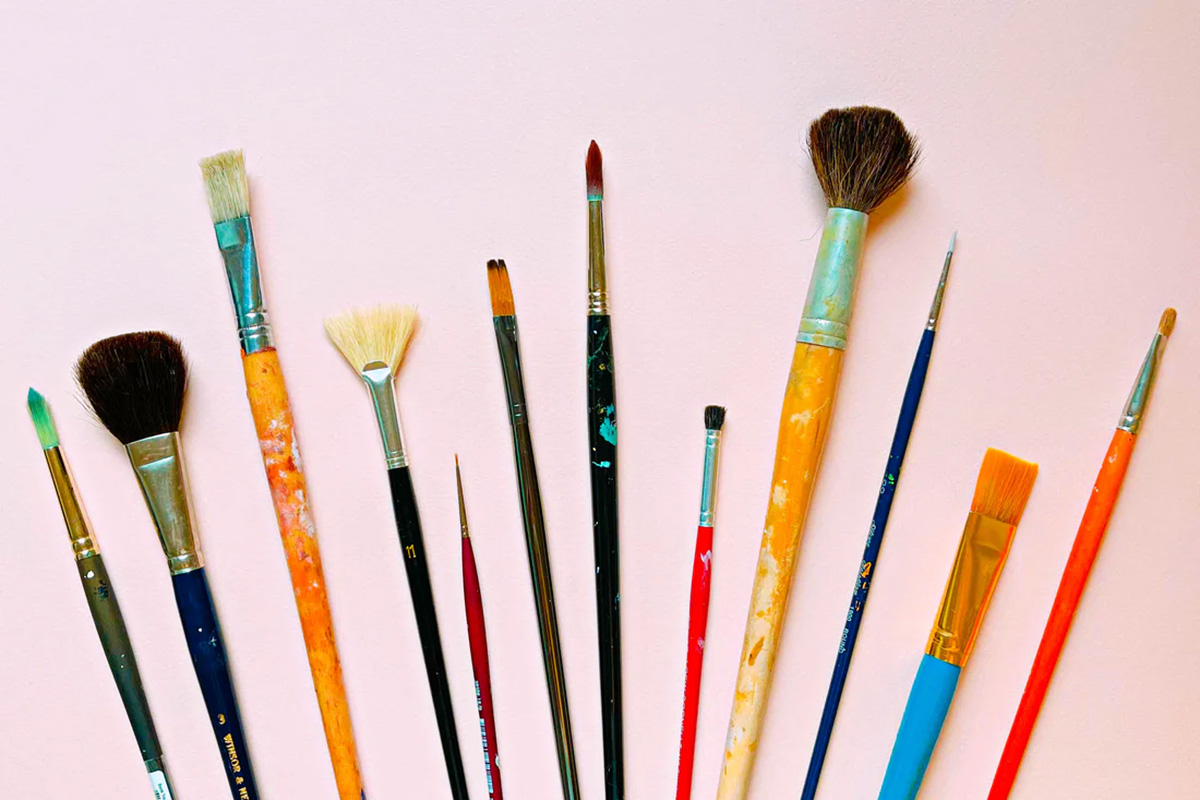
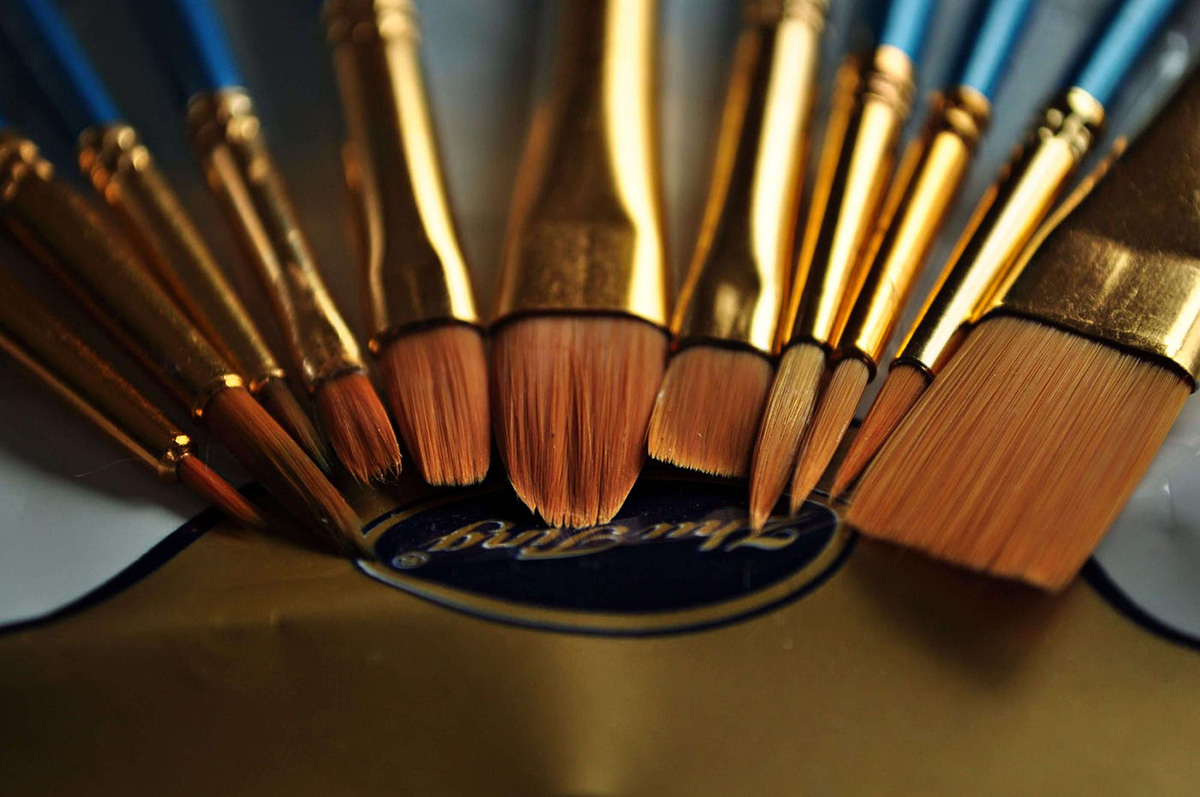
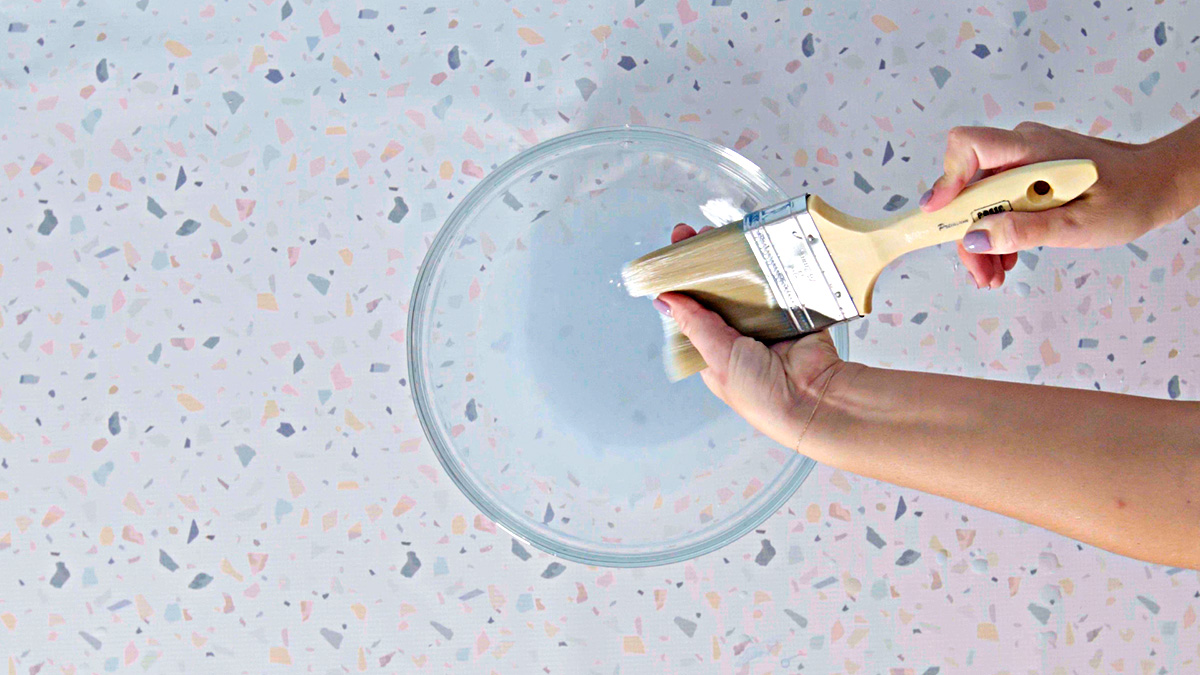
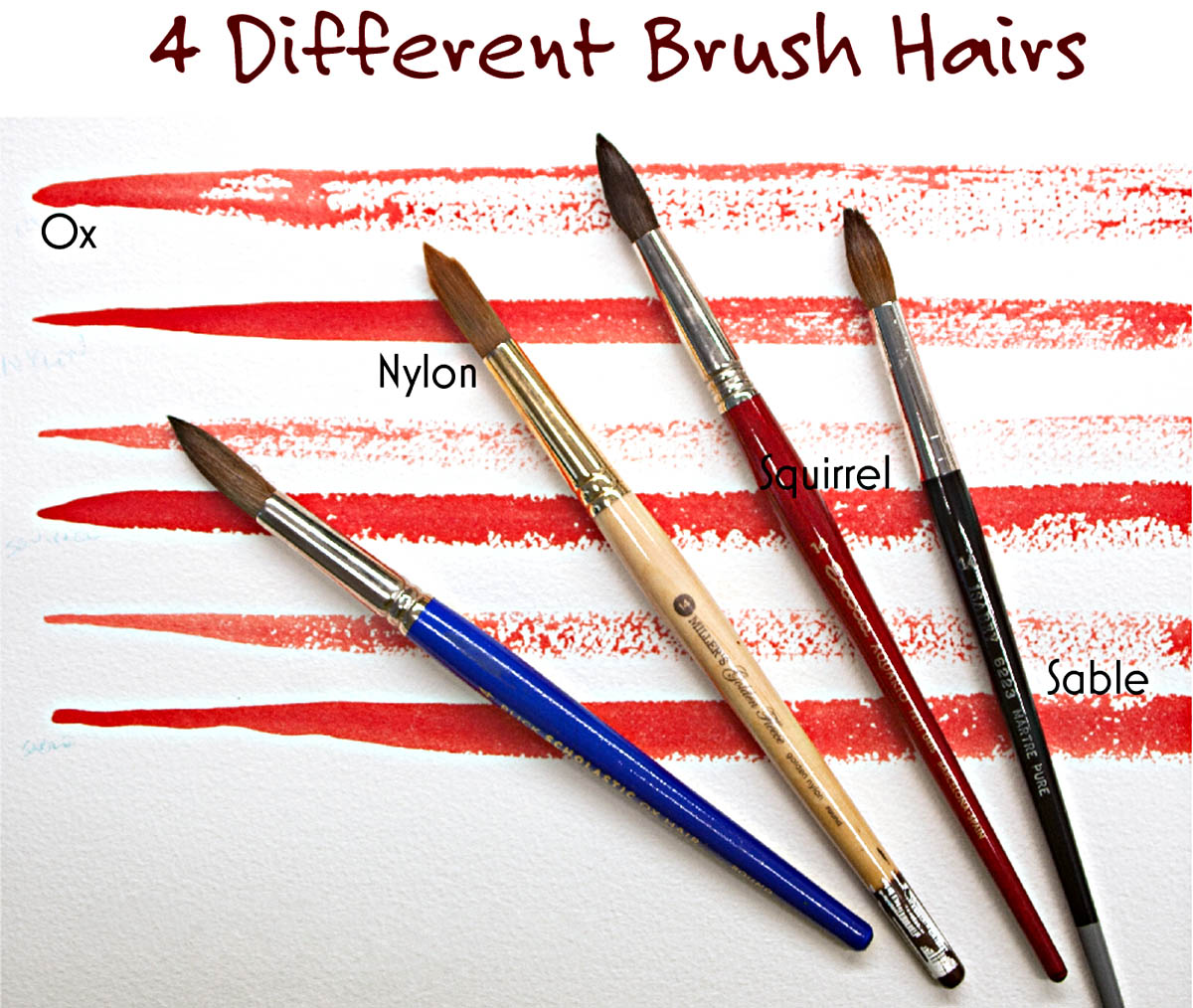
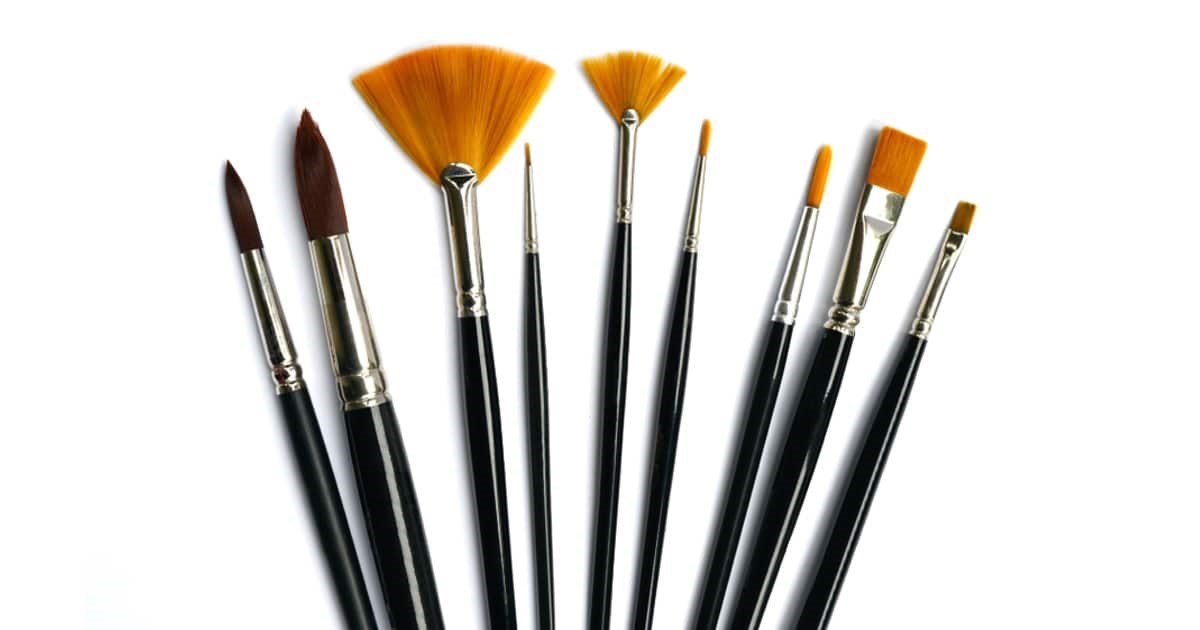
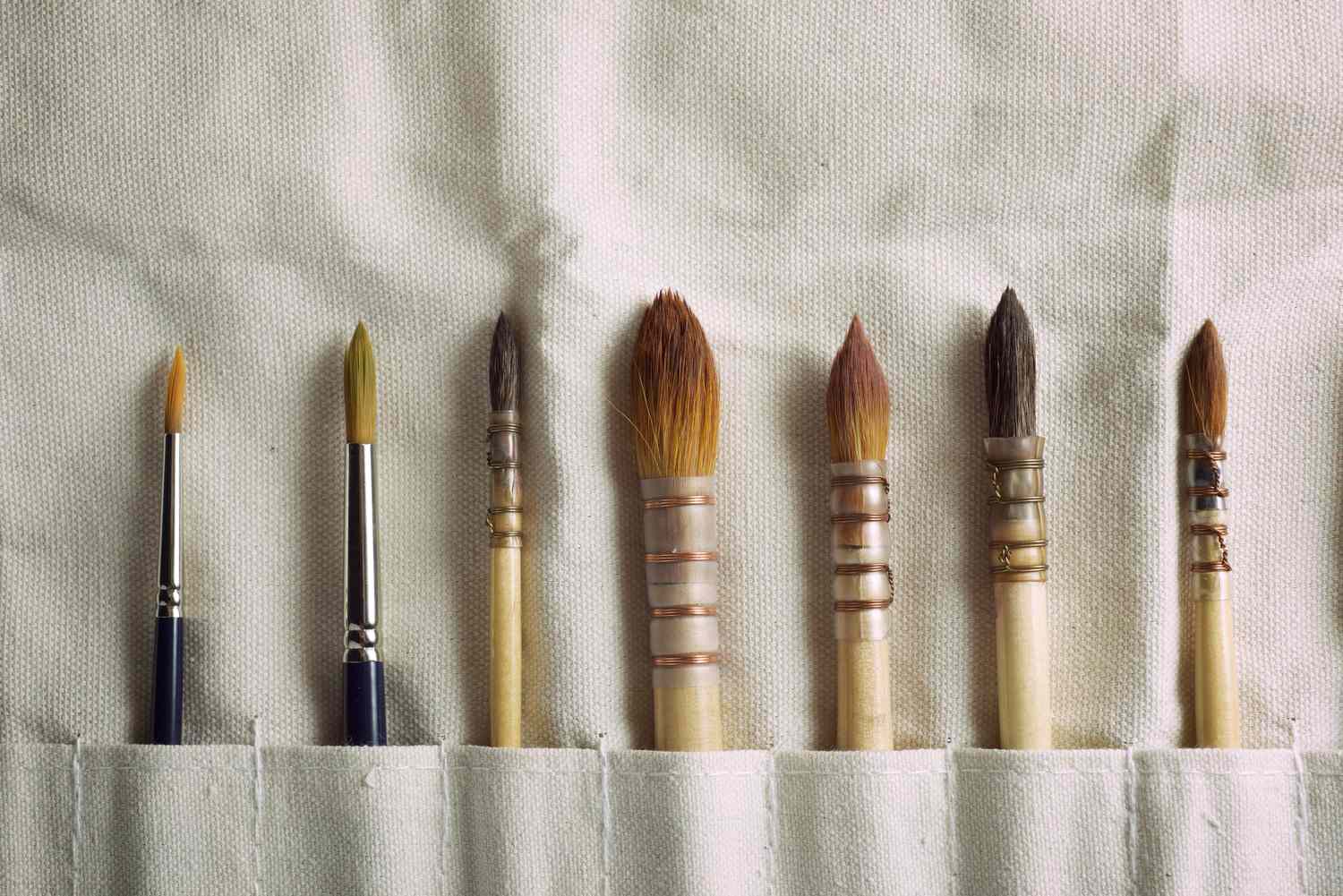
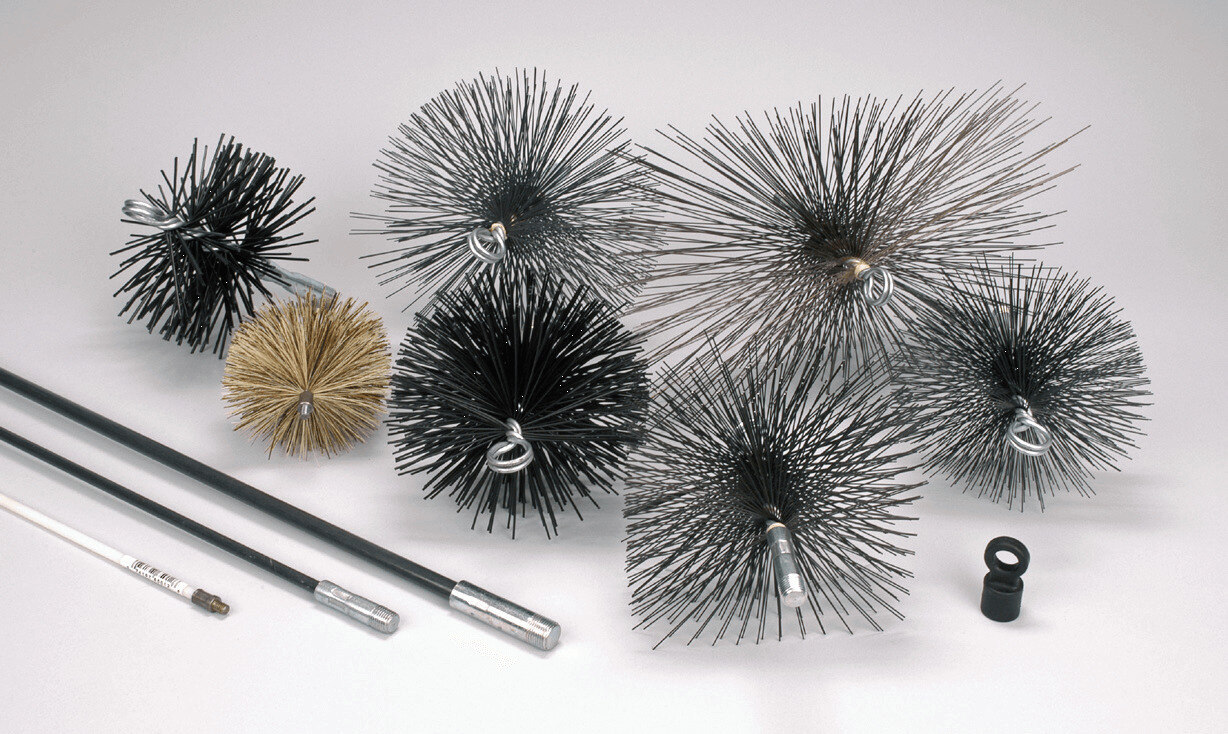
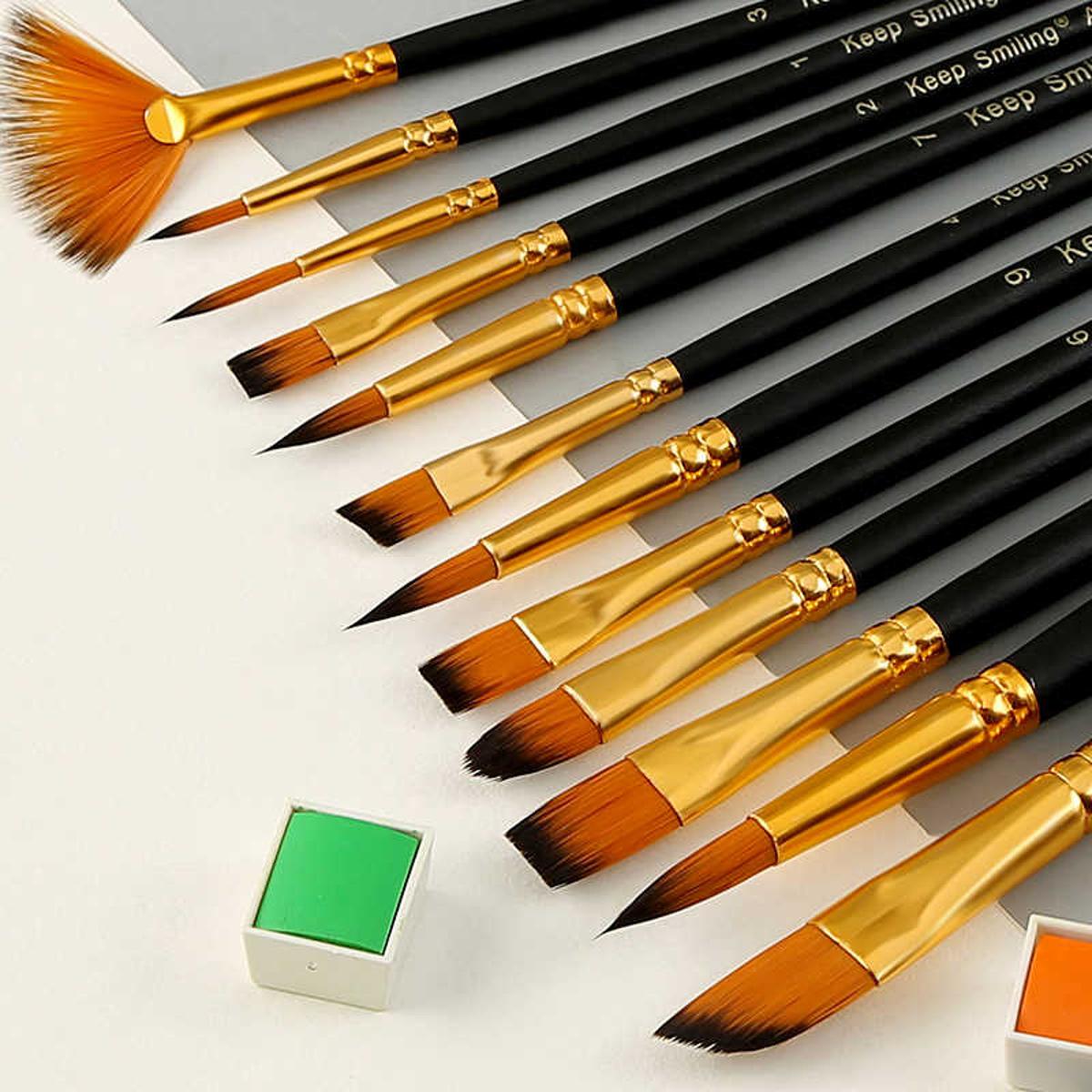
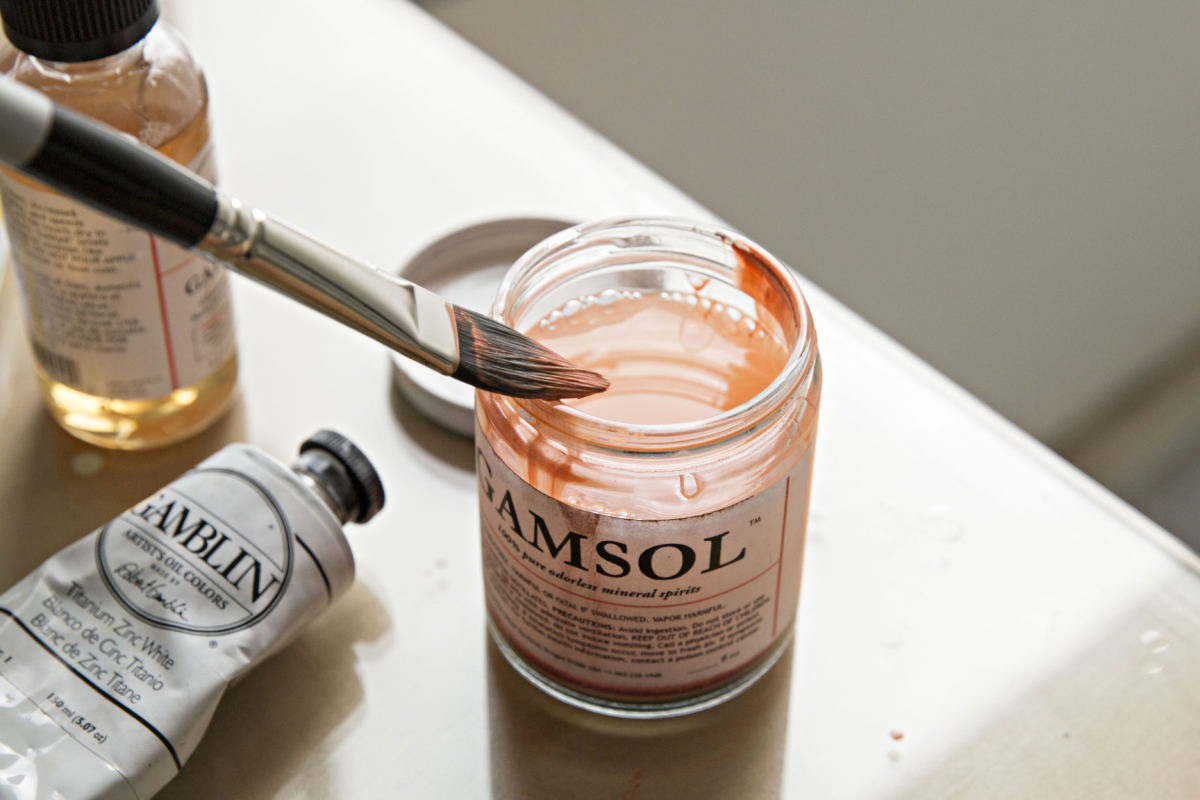
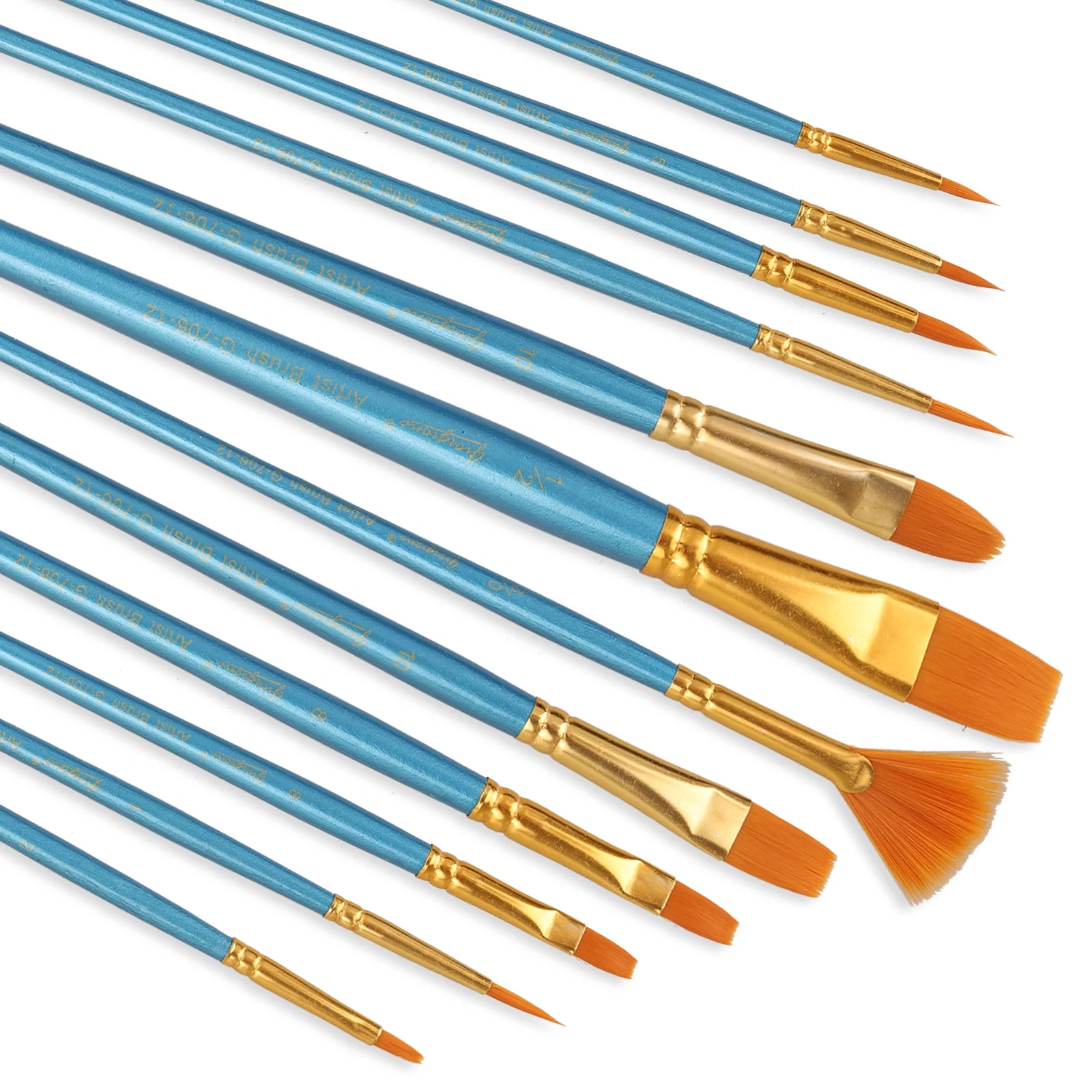
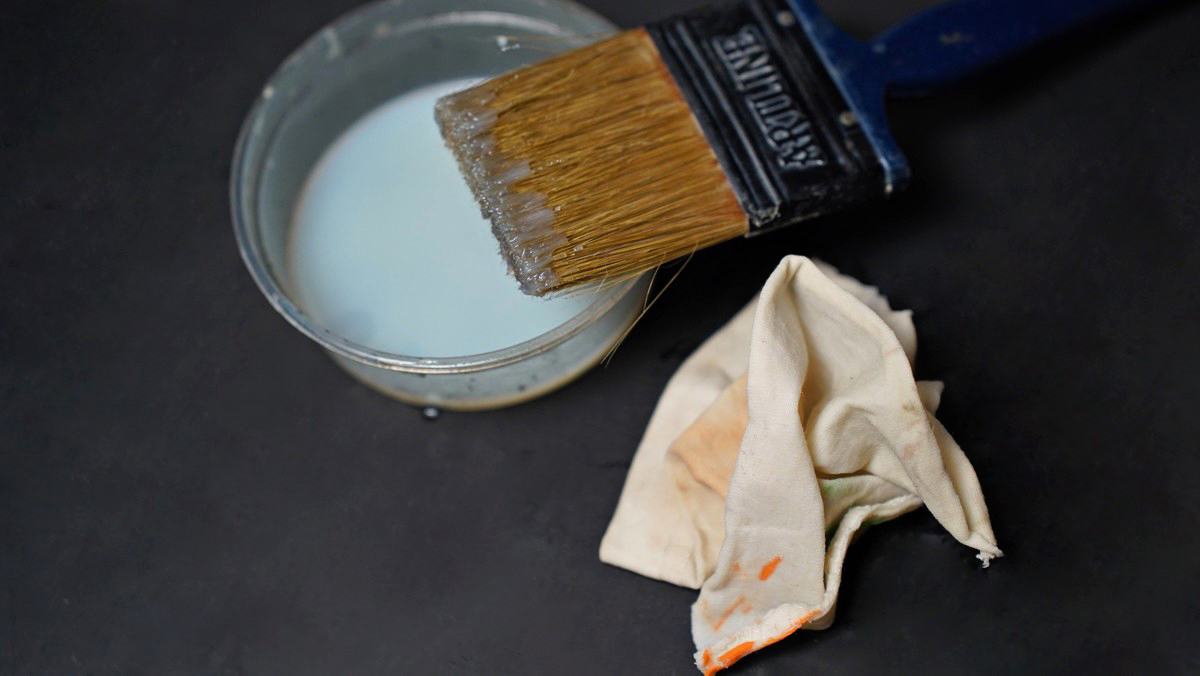
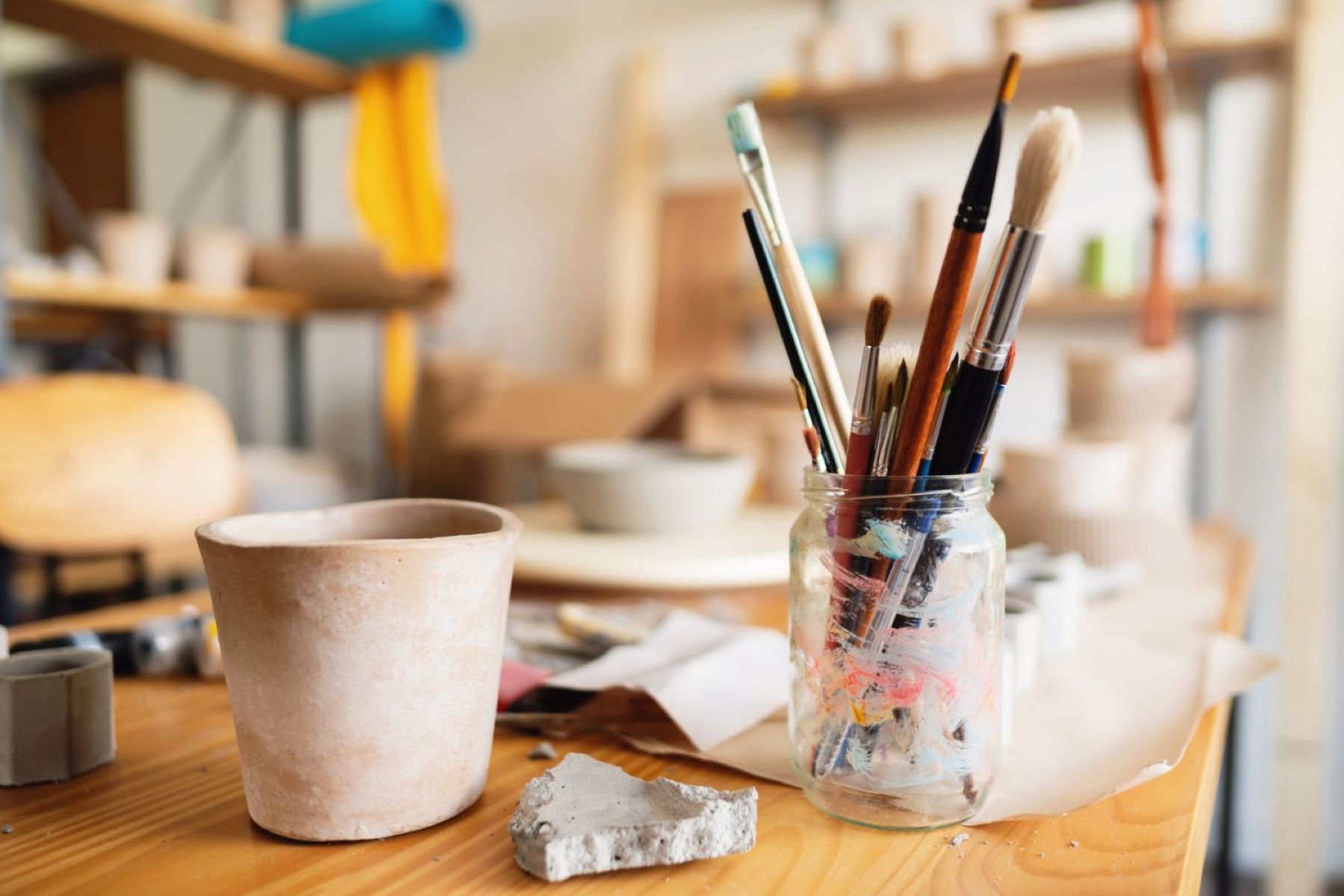
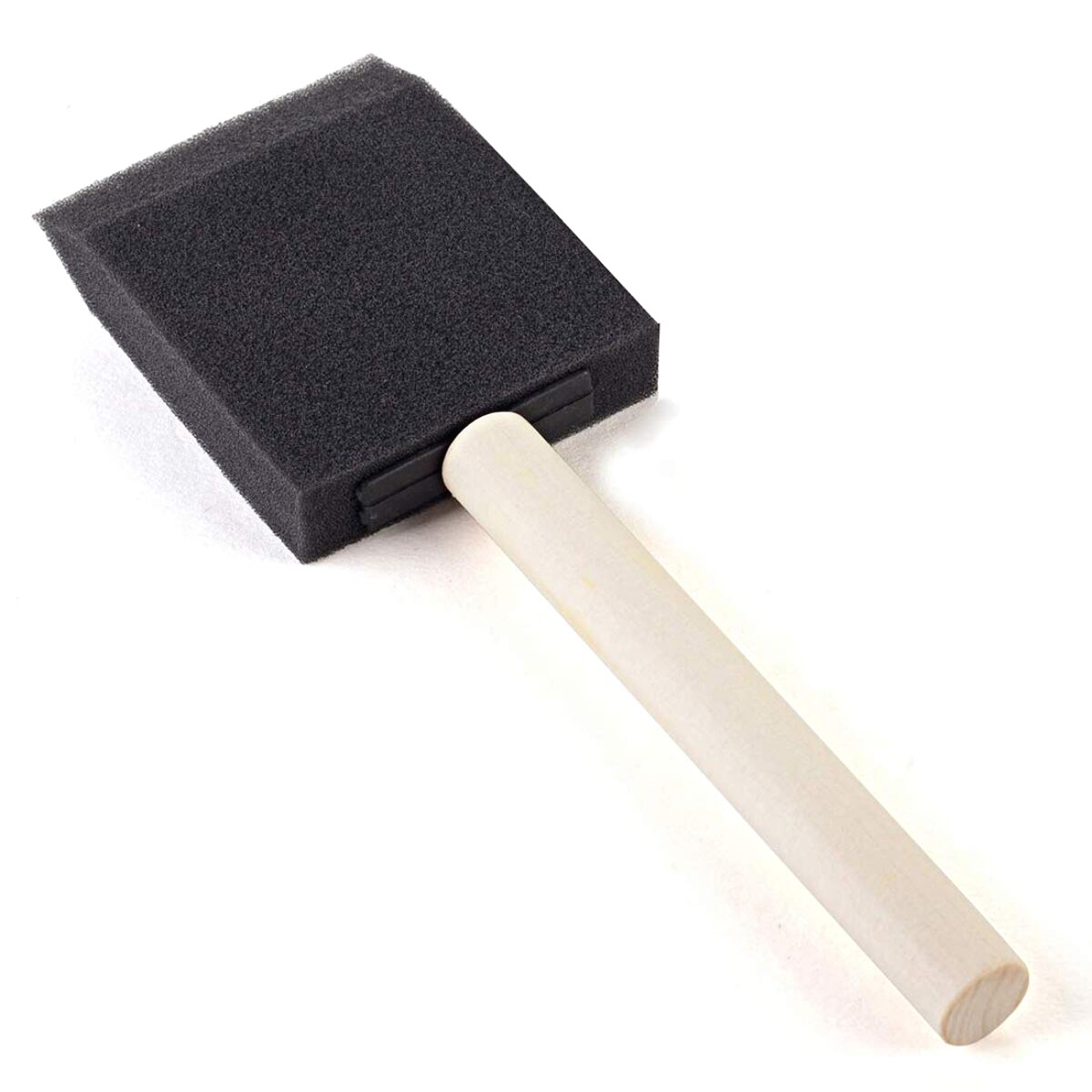

0 thoughts on “Where To Wash Out Paint Brushes”